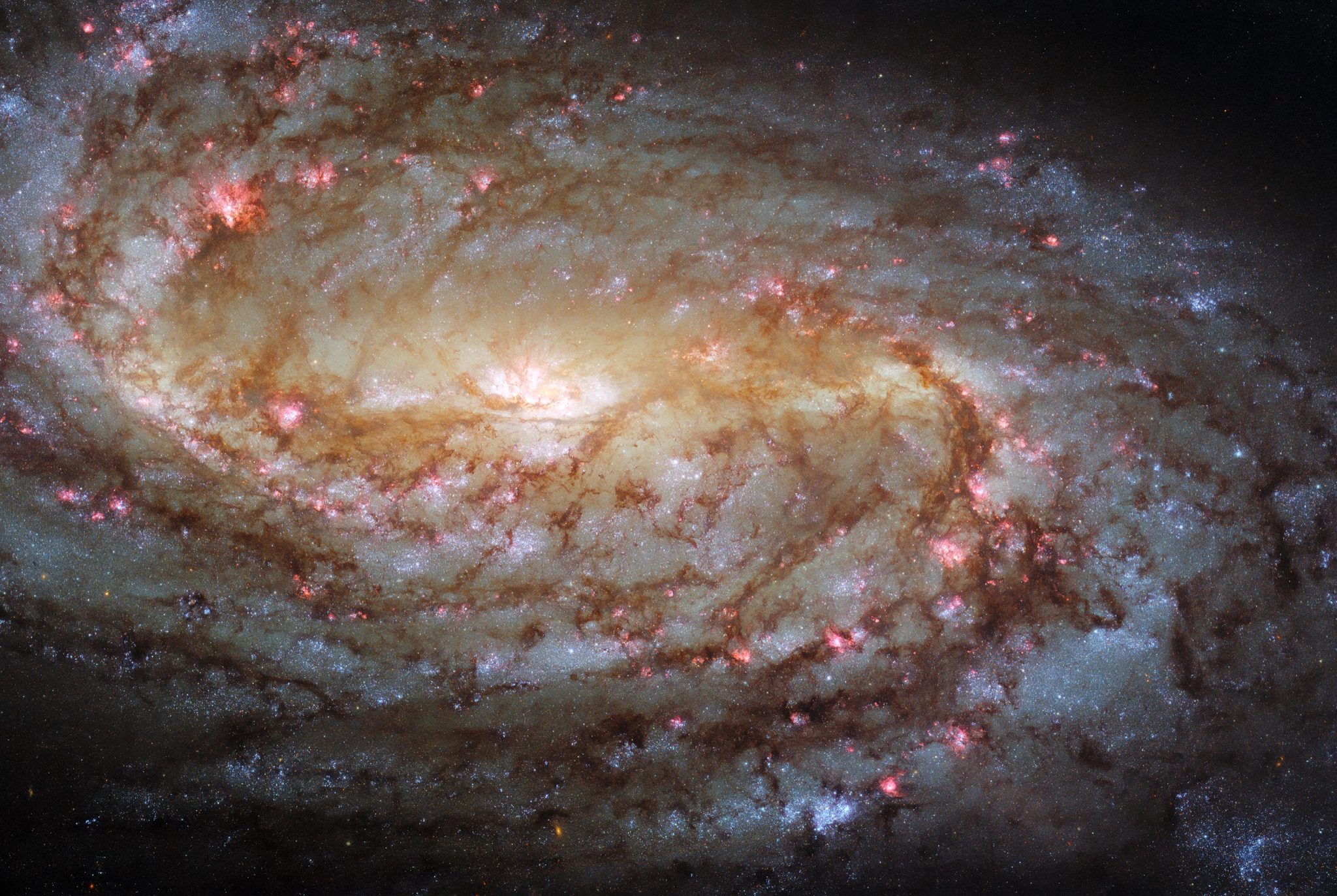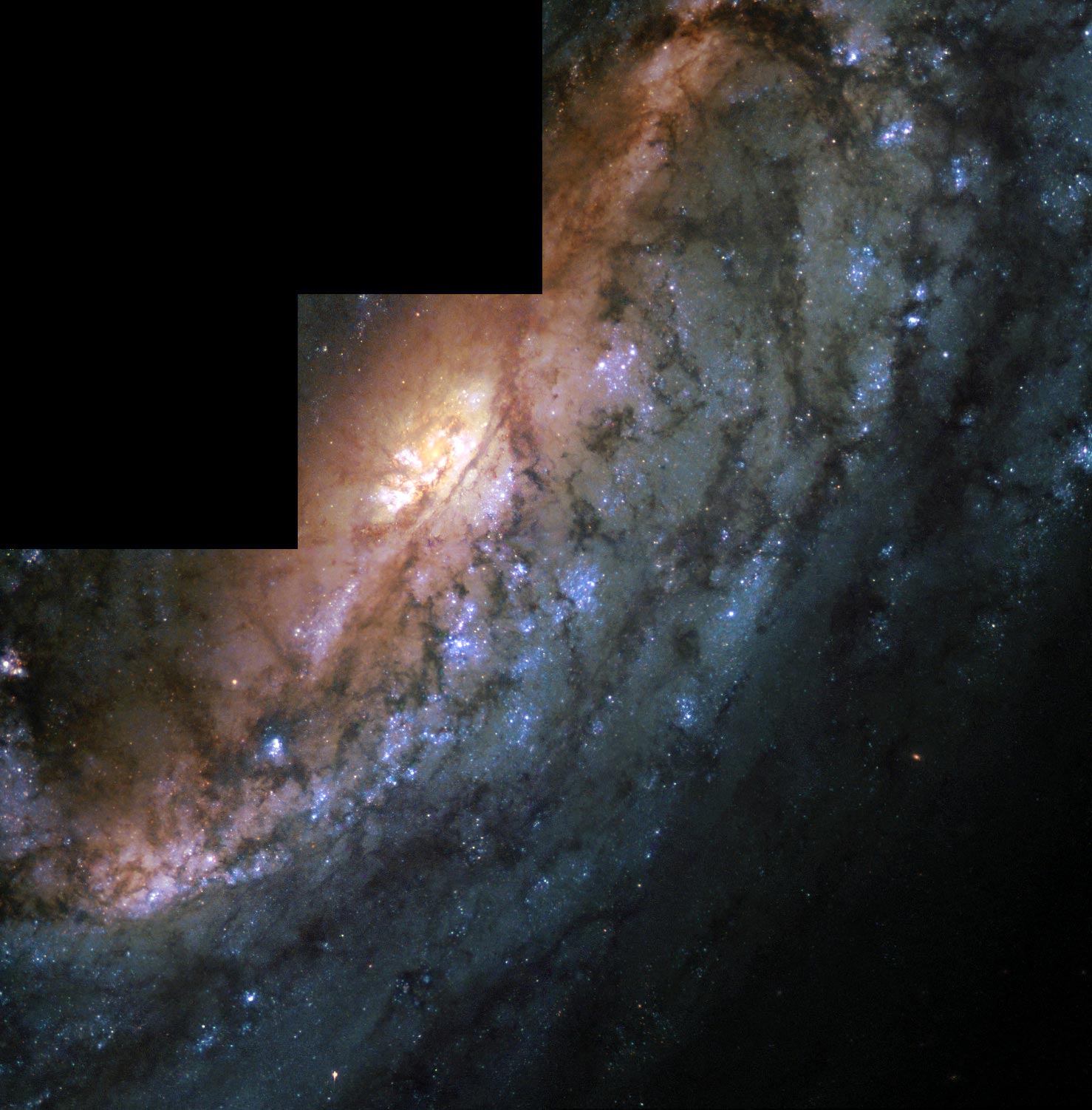The Hubble Space Telescope is experiencing déjà vu

This magnificent image above shows the spiral galaxy NGC 2903. The image was taken with Hubble's Advanced Camera for Surveys (ACS) and Wide Field Camera 3 (WFC3), which were installed on the telescope in 2002 and 2009, respectively.
Interestingly, Hubble has observed this galaxy before, back in 2001, when neither ACS nor WFC3 were yet installed on it. The 2021 image was taken at a higher resolution, which by itself means that NGC 2903 is visible in finer detail than in the 2001 image below:

ACS and WFC2 together cover a wide range of ultraviolet, optical and infrared wavelengths, meaning that the 2021 image also has better wavelength coverage than its 20-year-old predecessor. The 2001 image was taken with the Wide Field Planetary Camera 2 (WFPC2), which was Hubble's instrument from 1993 to 2009 before being replaced by the WFC3.
Hubble has a long and fascinating history of servicing missions with live crews that have been conducted to correct the telescope's deficiencies, update its technical systems, and replace old instruments with new ones. One of the most remarkable features of Hubble is its incredible longevity.
A comparison of images of NGC 2903 dating back to 2001 and 2021 - both remarkable for their time - highlights the value of such a robust, affordable platform in space that can reliably collect data not just year after year, but decade after decade.
Source: scitechdaily
Illustrations: ESA/Hubble & NASA, L. Ho, J. Lee and the PHANGS-HST Team 2021 / ESA & NASA 2001